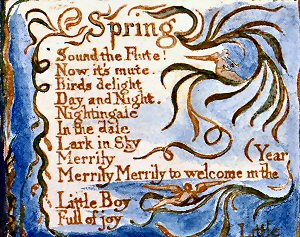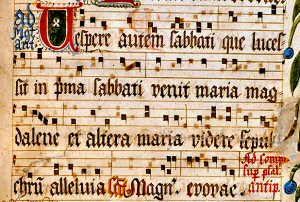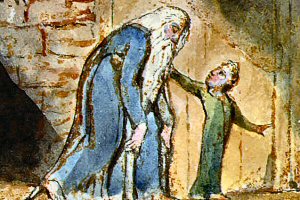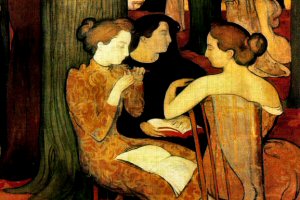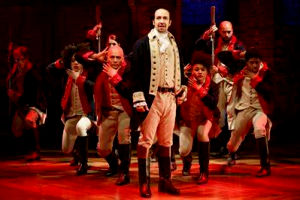 |
Etienne de Liège, 0850–920. Burgundian composer.
Bishop of Liège from 901 until 920, Étienne is credited with composing several sets of church music in Gregorian chant.
|
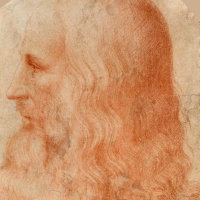 |
Leonardo da Vinci, 1452–1519. Italian painter and polymath.
With Michelangelo and Raphael, one of the triumvirate of artistic geniuses that crown the High Renaissance. He trained in Florence with the painter Andrea Verrocchio before moving to the court of Ludovico Sforza in Milan. He spent the last years of his life at the court of François I in France. The naturalism and luminosity of his painting, and his effects of sfumato (or modeling as if by smoke), were widely influential. It is his notebooks, however, that are the best testament to the range of his genius, containing remarkable observations of the natural world, and mechanical inventions centuries before their time.
|
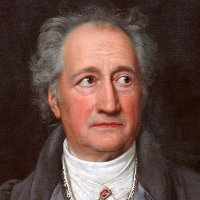 |
Johann Wolfgang von Goethe, 1749–1832. German poet, playwright, scientist, and statesman.
One of the great universal geniuses of the 18th century, Goethe epitomizes the transition between the Age of Reason and the Romantic era. His scientific works are still studied today, the two parts of his Faust hold a special place as an expression of moral philosophy, and his poems provided inspiration for Schubert and many other composers.
|
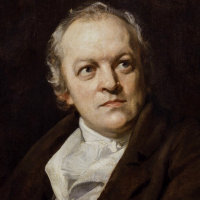 |
William Blake, 1757–1827. English printmaker, painter, and poet.
His work spans the late classical and early romantic periods, but his style in each of his many media is sui generis and infused with a strongly mystical bent.
|
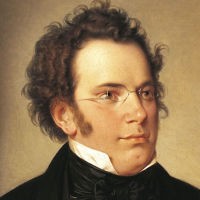 |
Franz Schubert, 1787–1828. Austrian composer.
Although he died before his 32nd birthday, Schubert was extremely prolific as a composer, writing symphonies, masses, chamber music, piano sonatas, and over 600 songs, both individually and in cycles. Though little known in his lifetime, his work was rediscovered and championed by Mendelssohn, Liszt, and Brahms, making him in effect the source of the German Romantic movement.
|
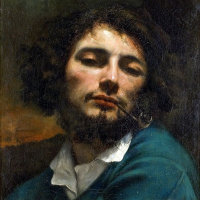 |
Gustave Courbet, 1819–77. French painter.
A fiercely realist painter who stood proudly outside the academic tradition, Courbet was nonetheless one of the most powerful figures in 19th-century French art.
|
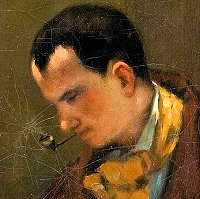 |
Charles Baudelaire, 1821–67. French poet.
Baudelaire is credited with coining the term "modernism," and is held to be the first modernist poet. His masterpiece, the Les fleurs du mal (The Flowers of Evil), which hovers between sensual verse and an exotic kind of prose, was prosecuted as an offence to public morals, and the author was fined. Baudelaire was nonethless a great influence on the next generation of poets, like Verlaine, Rimbaud, and Mallarmé.
|
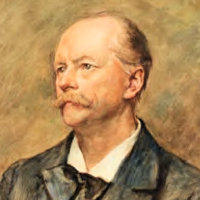 |
Henri Duparc, 1848–1933. French composer.
Duparc studied with César Franck, and established himself early on as a composer. However, a combination of nervous illness and deteriorating vision led him to abandon composition at the age of 37 and destroy much of his earlier work. He is best known for his small but exquisite set of songs.
|
 |
Henri Matisse, 1869–1954. French painter and sculptor.
Matisse and Picasso stand as the giant pillars of French art in the first half of the 20th century. Matisse was the slower starter and the less versatile, but he stands alone for the richness of his color and the sensuality of his forms, whether in painting or in sculpture. Suffering from crippling arthritis at the end of his life, he produced a completely new oeuvre in colored-paper collage.
|
 |
Paul Valéry, 1871–1945. French writer.
Although known as a poet, (for his WW1 poem La jeune Parque among others), Valéry's most abundant works were critical and philosophical essays in prose. He was also notable for the Cahiers or notebooks that he added to every day of his life.
|
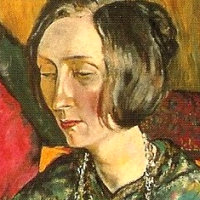 |
Edith Sitwell, 1887–1964. English poet.
The eldest of three literary siblings (with Osbert and Sacheverell) from an aristocratic family, Edith was a fixture in London artistic circles in the earlier 20th century, as famous for her eccentric costuming and manner as for her modernist poetry. Her collection Façade was set to music by William Walton in 1922.
|
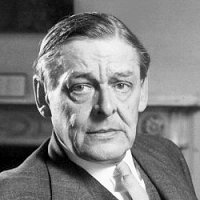 |
Thoman Stearns (T.S.) Eliot, 1888–1965. American-British poet.
One of the leading modernist poets of the 20th century, known for works such as The Waste Land (1922) and Four Quartets (1936–42), Eliot also found success in the theatre with works such as Murder in the Cathedral (1935). His light verse collection Old Possum's Book of Practical Cats (1939) was the source for Andrew Lloyd Webber's Cats.
|
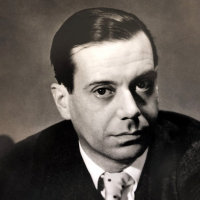 |
Cole Porter, 1891–1964. American songwriter.
Unlike many Broadway composers, Porter wrote not only the music but the lyrics for his songs, and these are notable for their wit, clever rhyming, and encyclopedic range of reference. In addition to numerous standalone songs that became standards, he also wrote musicals such as ANything Goes (1934), Kiss Me, Kate (1948), and Can-Can (1953).
|
 |
Joan Miró, 1893–1983. Spanish painter.
Miró was one of the founding group of Surrealists in 1928, and continued to allow his work to be guided as far as possible by his unconscious mind. Avoiding the realism of his contemporary and compatriot Dalí, he preferred abstract forms, although these can often have a human reference.
|
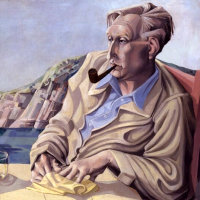 |
Sir William Walton, 1902–83. English composer.
After starting as something of an enfant terrible, he left England to live on the island of Ischia, where he continued the slow production of works in traditional genres (symphonies, concertos, oratorios), most of which have stayed in the repertoire. Among his most successful works is the oratorio Belshazzar's Feast (1931), which employs huge forces in a riot of pagan celebration.
|
 |
Salvador Dalí, 1904–89. Spanish painter.
Probably the best-known of the Surrealists, Dalí very occasionally used mythological themes, as in his Metamorphosis of Narcissus (1936), always investing them with his own meanings.
|
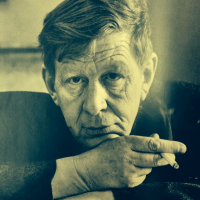 |
Wystan Hugh (W.H.) Auden, 1907–73. English-American poet.
After an early career in England, tackling subjects from romance to religion, Auden moved to America in 1939. Always a lyric poet of considerable technical sophistication, his later career is noted for his opera libretti, including that for Stravinsky's Rake's Progress.
|
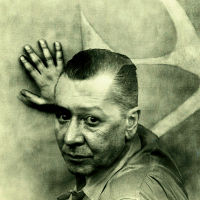 |
William Baziotes, 1912–63. American painter.
Baziotes was born in Pittsburgh to Greek parents, and studied art in New York. He became friends with many of the Abstract Expressionist painters, but his own work is equally influenced by the European Surrealism of Miró and Arp, featuring an interplay of biomorphic shapes on an indeterminate ground.
|
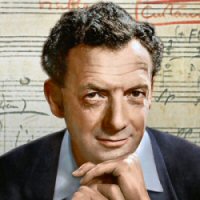 |
Benjamin Britten, 1913–76. English composer.
Arguably the leading opera composer of the mid-20th century, Britten's major operas have included Peter Grimes (1945), Billy Budd (1951), Gloriana (1953), A Midsummer Night's Dream (1960), and Death in Venice (1973), plus many stage works for smaller forces. He was equally active as a composer of vocal and instrumental music, and latterly as a conductor and accompanist,
|
 |
Léo Ferré, 1916–93. French songwriter.
Born in Monte Carlo, where his father was manager of the casino, and encouraged by Edith Piaf, Ferré became one of the leading singer-songwriters in France after WW2, performing both his own material and songs he composed to other texts, such as Baudelaire's Fleurs du mal.
|
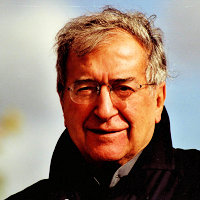 |
Luciano Berio, 1925–2003. Italian composer.
After following a practice of strict serialism for some years, Berio began to depart from it by including elements of chance and collage, incorporating fragments of other works as in his Sinfonia (1969), arguably his masterpiece. His Folk Songs of 1975 was one of several works written for his wife, the American soprano Cathy Berberian.
|
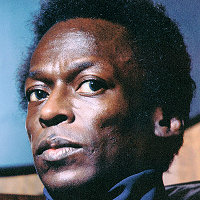 |
Miles Davis, 1926–91. American musician.
A trumpeter, bandleader, and composer, Davis had a career in jazz spanning five decades and numerous different styles. After playing with Charlie Parker 1944–48, he struck out on his own, leading groups that included such players as John Coltrane and Herbie Hancock. His Kind of Blue album of 1959 was performed almost entirely without written music, and became one of the best-selling jazz records of all time.
|
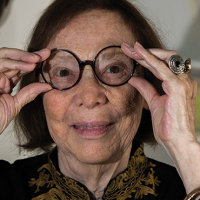 |
Grace Schulman, 1935– . American poet.
For 34 years, Schulman was poetry editor of The Nation. She is also a winner of the 2016 Frost Medal for Distinguished Lifetime Achievement in American Poetry, awarded by the Poetry Society of America, and a member of the American Academy of Arts and Letters.
|
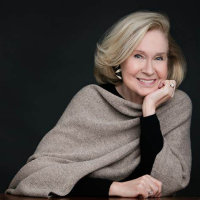 |
Mary Stewart Hammond, 1940–2022. American poet.
A graduate of Goucher College and for a time a sports writer for the Baltimore Sun, Hammond established herself as a poet in New York, where she taught for many years through the Writers' Workshop.
|
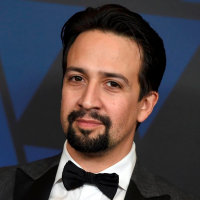 |
Lin-Manuel Miranda, 1980– . American composer.
As the playwright, lyricist, composer, and star performer in his 1915 mega-hit Hamilton, Miranda became an unheard-of quadruple-threat on Broadway. He had shown many of the same talents, however, in his 2005 musical In the Heights, and has since developed his career further into film (both acting and directing).
|
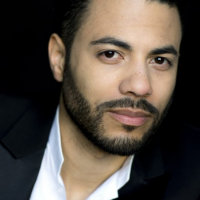 |
Samy Moussa, 1984– . Canadian conductor and composer.
Born in Montreal, Moussa then moved to Munich to study conducting. He became music director of the INDEX Ensemble in Munich in 2010, and remains based in that city, although his conducting career and performance of his compositions have given him international exposure.
|


































